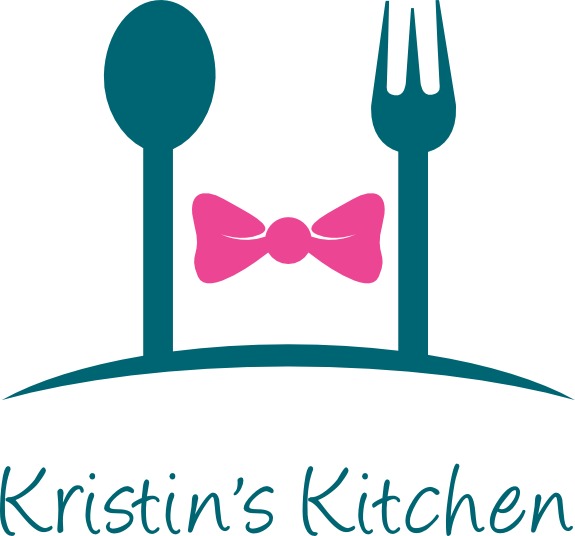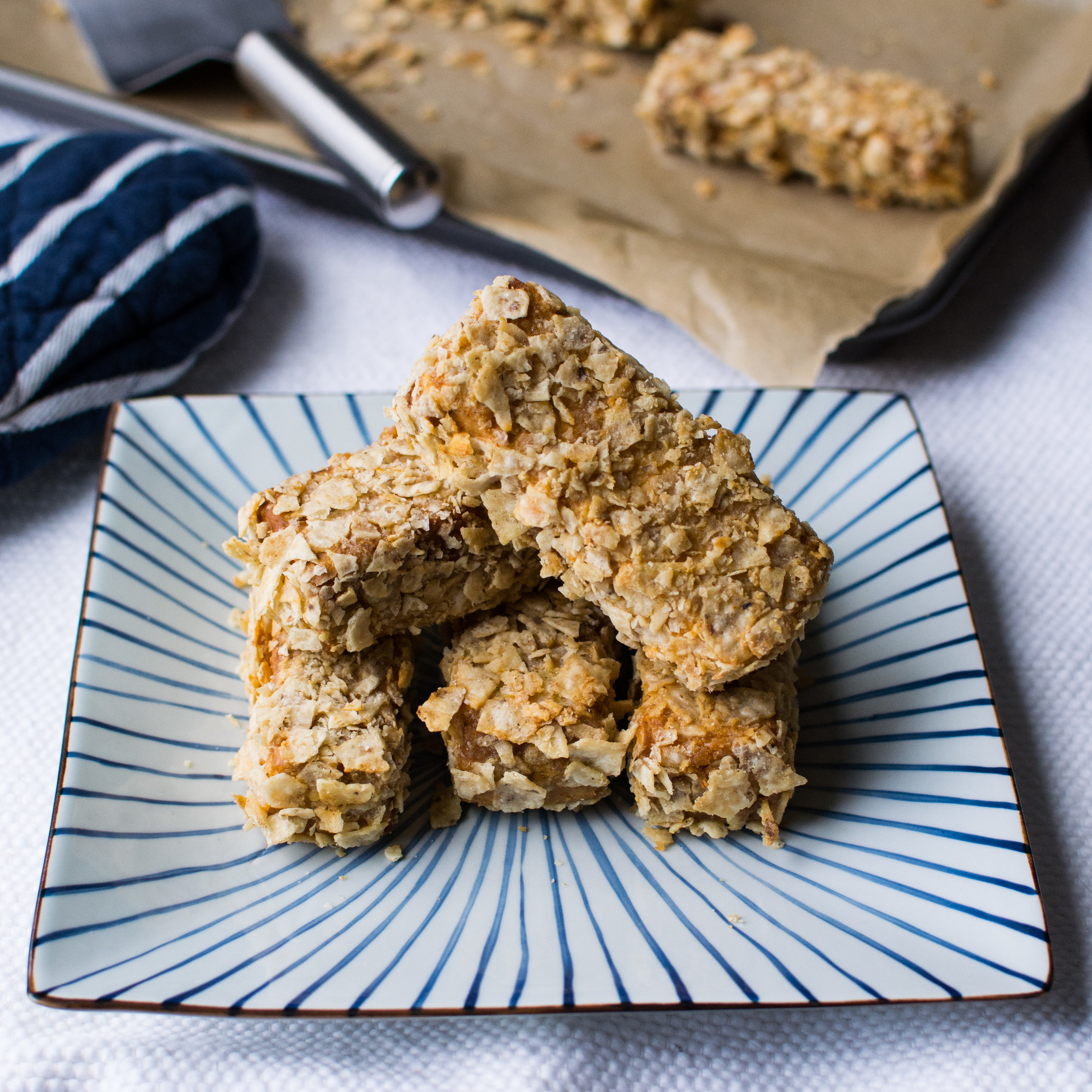Simply the Best Strawberry Pie
No soggy bottoms here!
I'm so very excited to share my recipe for strawberry pie! I've been working on it for an embarrassingly long time. It all started when I made a pie for the 4th of July that was incredibly disappointing. You know the type - soggy bottom and slices that don't even come close to keeping their shape due to a thin, liquidy filling. I wanted a crispy, buttery crust and a jam like filling bursting with fresh fruit flavors - and sweet but not too sweet. I set out to create this pie I dreamed of. I went with pure strawberry for a simple reason - I love strawberries! One doesn't see too many straight strawberry pies so I also liked that it was a somewhat unique pie.
My first attempts with the filling were disasters. I came to the conclusion that creating the filling on the stove top then spooning it into a finished pie crust worked better than baking both the crust and filling together in the oven. Unusual? I know but it gave me a thicker filling and a crispier crust. I also realized strawberries that have been cooked become mushy and not quite as delicious as their fresh or slightly cooked friends. Only two cups of strawberries will get cooked on the stove top while the remaining strawberries get mixed in completely uncooked.
Enough about the filling - now for the crust. Crusts made with all butter are delicious - so much flavor, so much flakiness and sadly, such a huge pain in the you know what. If you have a great all butter crust that doesn't shrink up on you, please use it! I had the most success with a 1/2 butter and 1/2 shortening crust. It is still delicious with a nice buttery flavor and will not shrink or lose its crimp like an all butter crust did for me.
I honestly started with my own crust recipe and after many tweaks I ended up with pretty much exactly King Arthur Flour's recipe. When making a crust, the process is almost as important as the ingredient list and I also found KAF's process to be unmatched in it's ability to produce the flakiest crust. I spent so much time working on the crust recipe that I was going to make a video but honestly, there is no point since KAF does it better! Here is the video!
Now for a few of my own crust tips. I had the most success with my Pyrex pie plate. It sure isn't as pretty as my Emile Henry plates but the sides seemed to stay in place extremely well. You will see this in the KAF video, but a spray bottle is a game changer. It really allows you to get the dough areas that are dry to the correct moisture level without overworking the dough. My most important tip - don't be afraid of messing up. If you are overly nervous your dough will likely end up over or under worked. Approach the dough with confidence - but uh, be gentle because that is also important for a tender crust! So tough attitude with a soft touch, got it?
I made a lot of different crusts over the past two weeks with many different techniques I found on the internet and in cookbooks. I'm not a professional pie crust maker but I did learn a lot so I would be happy to answer any questions I am able to - kristinkitchenblog@gmail.com
Simply the Best Strawberry Pie
Sweet and juicy strawberries in a crisp buttery crust
Makes: Serves 8
- 1 1/4 cups (156g) all purpose flour
- 1/2 teaspoon salt
- 4 tablespoons vegetable shortening, chilled and cut into cubes
- 4 tablespoons butter, chilled and cut into cubes
- Ice water (approximately 4 tablespoons)
- Spray bottle + parchment paper
- In a large bowl, combine the flour and the salt
- Cut the shortening into the flour mixture using a fork or pastry cutter until small pea sized bits of shortening remain
- Add the butter and cut it into the flour for a few strokes then use your hands to individually press down any large pieces of butter into flat discs
- Using a fork (using a fork instead of a spoon helps prevent over mixing), mix in the ice water 1 tablespoon at a time. Only mix a couple times between each tablespoon - it is important not to overwork the dough. Stop adding water when you can pick up some dough and it will hold together when pressed in your hand. For me it is usually around 4 tablespoons. It should be moist but not wet, some areas will be drier than others since it was not over mixed and it will be in clumps - not one cohesive pile of dough
- Spread out a large piece of parchment paper and transfer the dough to the parchment. Once again the dough will not be together at this point. Using the edges of the parchment fold each side of the dough towards to center and press down (watch the video above to see this technique). If there are still dry bits of dough falling off the sides (which there probably will be), spray the dry parts with a spray bottle filled with ice water and continue to fold until there is a cohesive ball of dough
- Shape the dough into a flat, round disc, cover with plastic wrap and place in the refrigerator for a half hour
- Remove the dough from the fridge when done chilling and take out a new large piece of parchment paper. Sprinkle flour over the parchment paper and on a rolling pin
- Place the rolling pin in the center of the disc and gently roll up towards the top edge - 12:00 if you consider the dough a clock. Lift the rolling pin to bring back to the center - do not roll towards you. Moving clockwise roll towards the 1:00 - 2:00 edge of the dough - continue this process all around the dough until you come back to the top of the clock. Repeat this process until you have a large circle. Check the size by holding an upside down pie plate above the circle. There should be about 1.5 inches on all sides of the plate
- Carefully transfer the crust to the pie plate and press down on the bottom edges so the crust conforms to the pan. Do not stretch the dough. Trim any excess dough from the top of the crust and fold the dough under along the entire circle. Use your thumb to crimp the crust (this process can also be found in the video)
- Using a fork, puncture holes all over the bottom of the crust. Cover with foil and place pie weights on top of the foil
- Place the pie crust in the freezer for 15 minutes. During this time, preheat the oven to 425 degrees
- When the crust is done chilling, place in the oven and bake for 15 minutes. Remove the foil and weights, lower the oven to 350 degrees and bake for another 15 - 20 minutes. The crust should be lightly browned all over. If you have a glass pan, check to make sure the bottom is also lightly browned
- Remove from the oven and cool completely before adding the strawberry filling
- 2 pounds strawberries, thinly sliced
- 1/4 cup orange juice
- 2 tablespoons cornstarch
- 1/2 cup dark brown sugar
- 2 teaspoons vanilla bean paste (sub: vanilla extract but paste is recommended)
- In a medium pot, whisk together the orange juice and cornstarch until the cornstarch is completely dissolved
- Add 2 cups of strawberries, brown sugar and vanilla bean paste and stir to combine
- Place the pot over medium low heat and bring to a low boil, stirring often in the beginning and constantly once it gets hot
- Remove from the heat as soon as it has a thick, jam like texture. Immediately stir in the remaining strawberries
- Transfer the mixture to a large bowl. Allow the mixture to mostly cool at room temperature then transfer to the fridge to continue to set
- Add the cooled strawberries to the cooled crust and serve! The crust was not the least bit soggy even on day 2 with the filling




